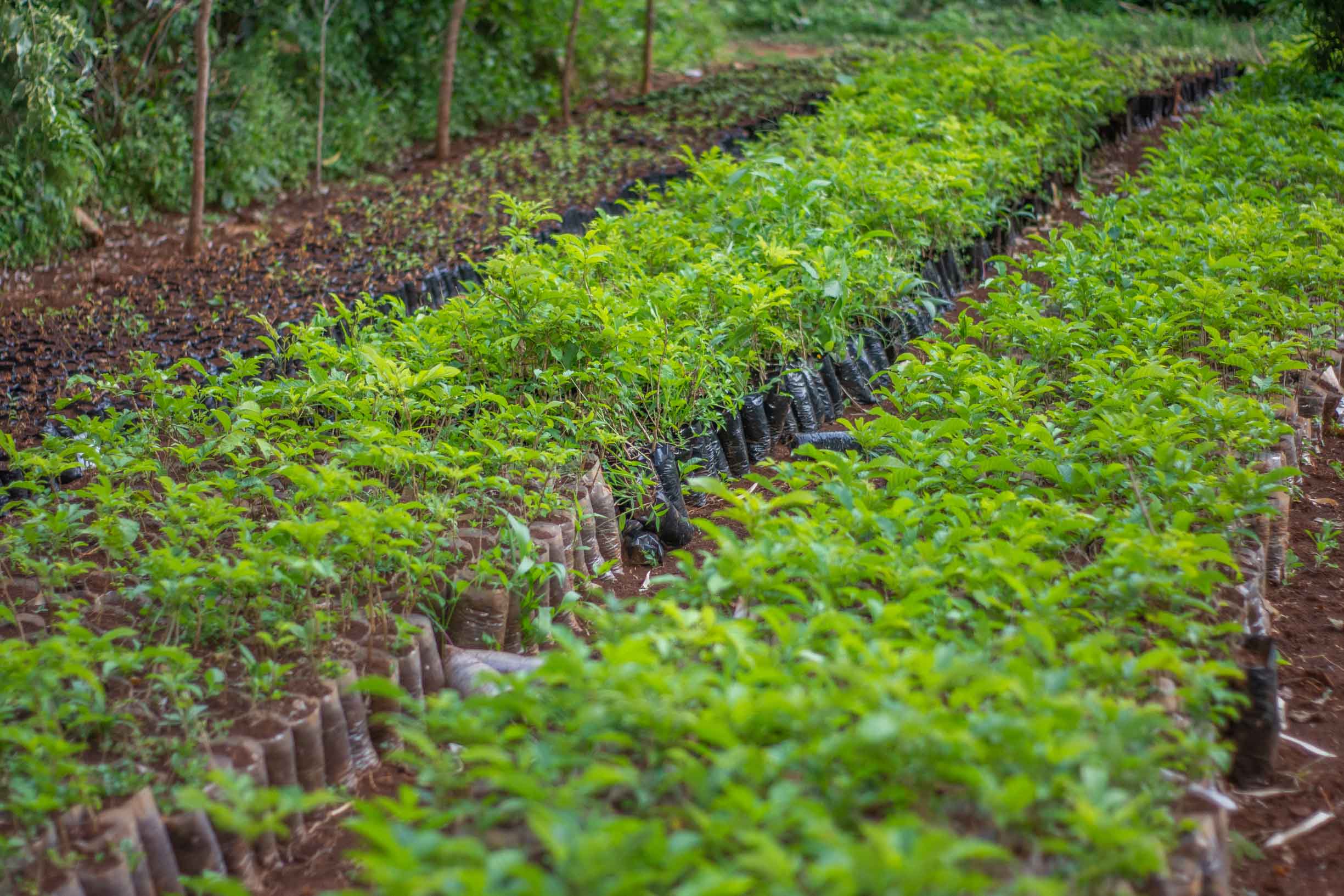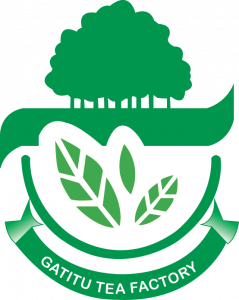Conservation
Forest Conservation was the main purpose for the creation and establishment of Nyayo Tea Zones Development Corporation in 1986. The corporation’s core mandate remains; to ensure that gazetted forests are protected from human encroachment and maintain natural ecosystems. The corporation has over the years implemented forest conservation strategies through the use of buffer zones for the benefit and sustainability of future generations.
Conservation of forests for Nyayo Tea Zones is not just planting trees and tea as a buffer, it also involves controlling deforestation – i.e. loss of forest and land designated for conservation.
In addition to establishment of buffer zones, Nyayo Tea Zones Corporation also utilizes the ‘Livelihoods Transformation’ concept as a tool for conservation. This is a strategy to ensure that communities living around the forests sustainably benefit from the forest resources while at the same time, contribute towards forest conservation. The Livelihoods Transformation component provides a win-win opportunity for the Corporation and the communities living around the forest regions. Some of the strategies are detailed below:
In addition to establishment of buffer zones, Nyayo Tea Zones Corporation also utilizes the ‘Livelihoods Transformation’ concept as a tool for conservation. This is a strategy to ensure that communities living around the forests sustainably benefit from the forest resources while at the same time, contribute towards forest conservation. The Livelihoods Transformation component provides a win-win opportunity for the Corporation and the communities living around the forest regions. Some of the strategies are detailed below:
-Organization strategy in addressing climate change
The establishment of a 941 kilometer stretch of tree and tea buffer length to protect over 1.8 million hectares of gazetted forests and crucial water towers across the country is a tremendous win for NTZDC. The buffer zones have successfully stopped human encroachment into the forestland, contributed to the natural regeneration of the protected forests and maintained the country’s tree cover which is crucial in mitigating the deleterious effects of climate change.
llegal logging has greatly reduced and encroachment stopped in areas adjacent to NTZDC’s operations. Consequently, tremendous regeneration of the forests has led to resurgence of some seasonal rivers in the conserved areas has been witnessed.
In addition, the Corporation has played a critical role in the preservation of biodiversity in Kenya’s highland forests which supports key water-towers. This is very beneficial to support the country’s rain-fed agriculture which in turn contributes to food security, one of the Kenya Government’s Big-4 Agenda pillars.
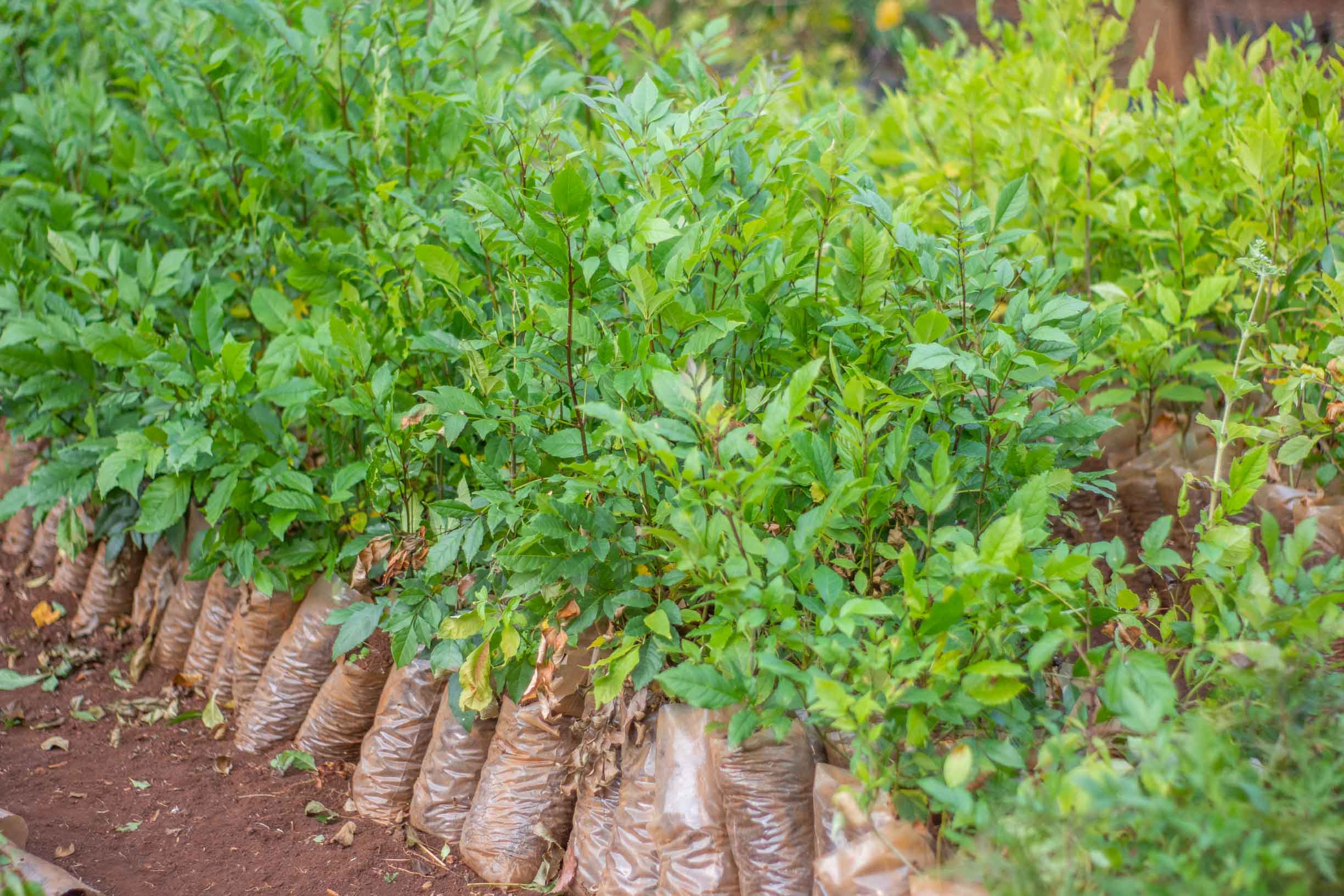
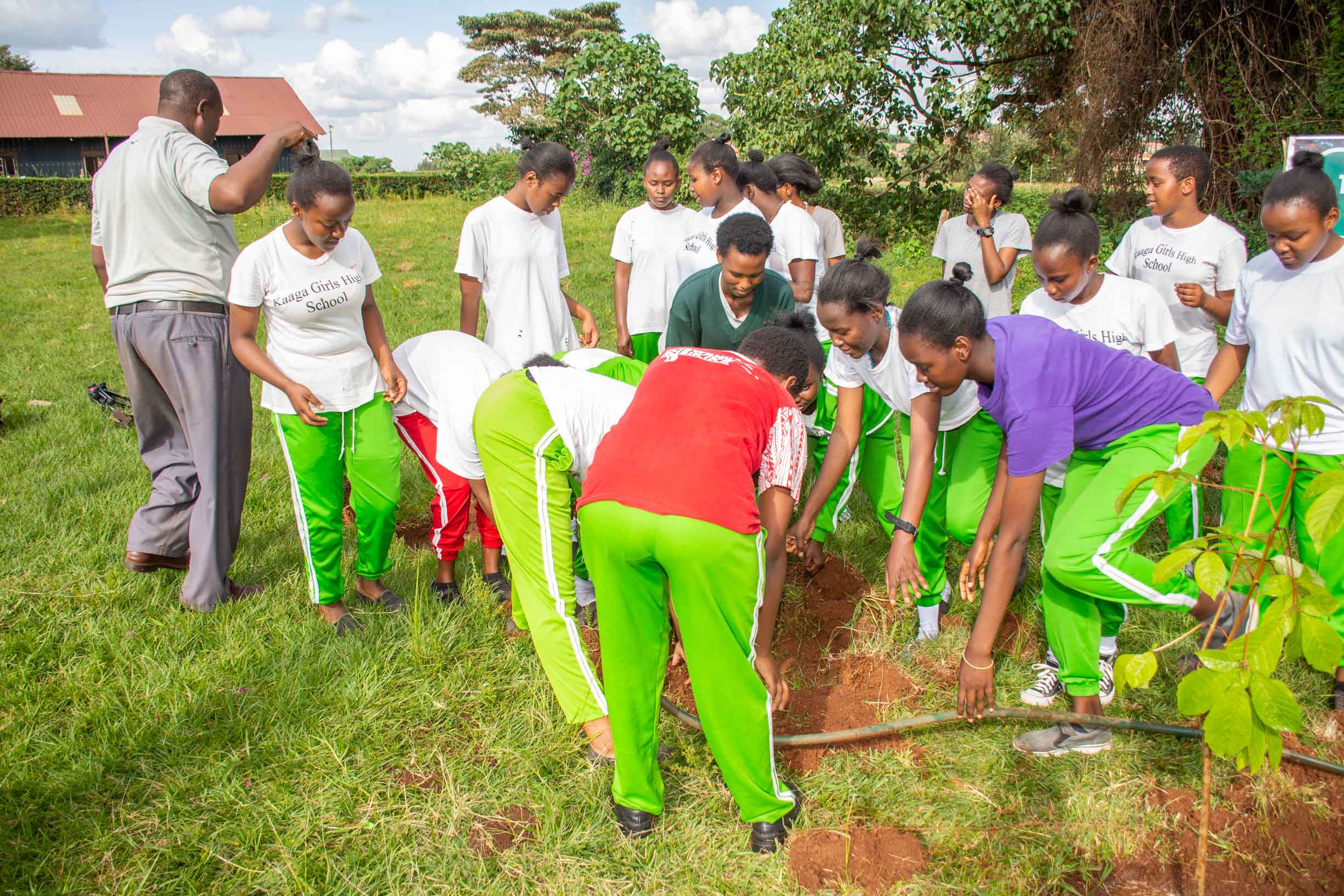
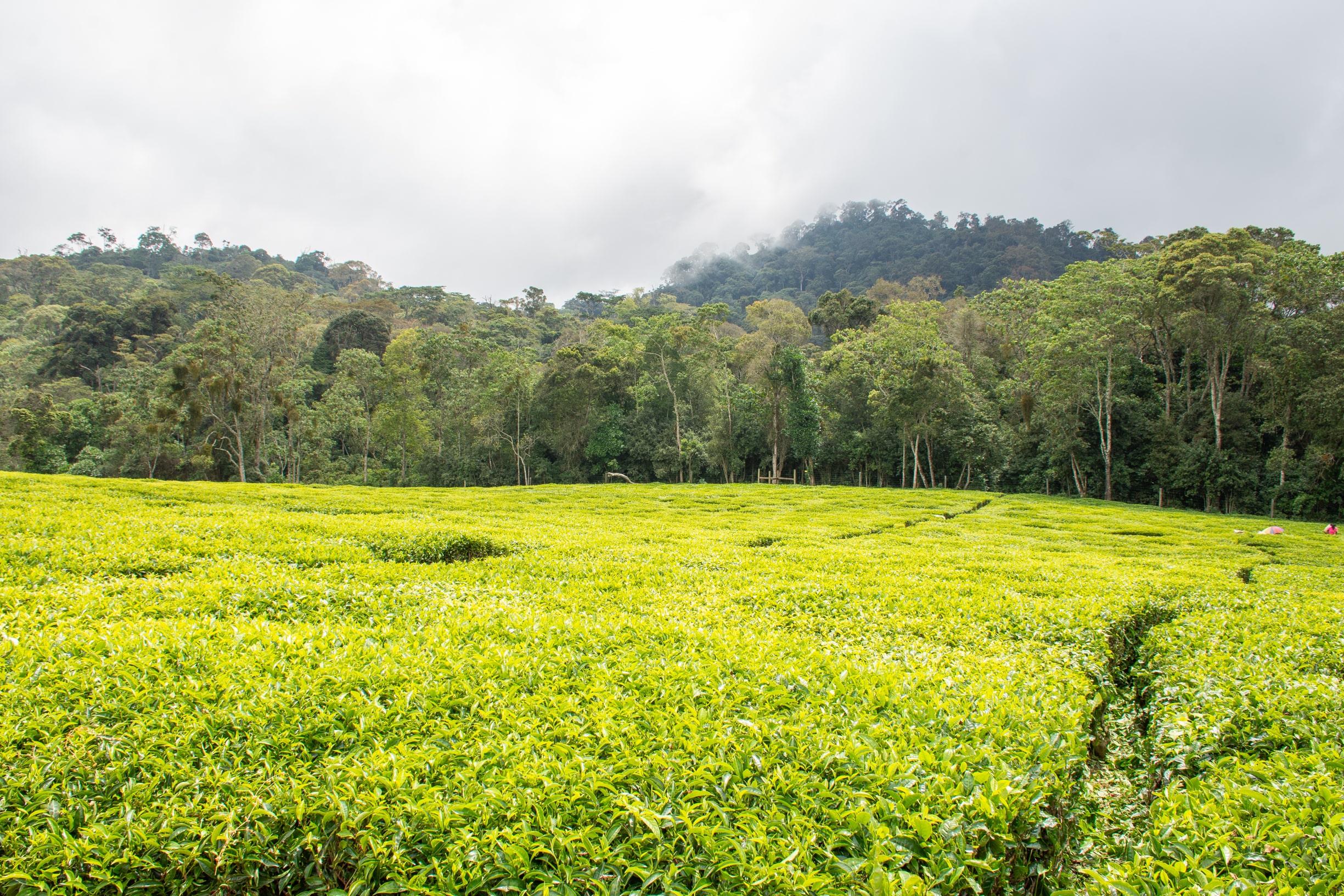
Inspiring conservation
Working with rural communities with traditionally strong attachment to the forests as a means of survival, NTZDC has succeeded in offering alternative means for subsistence. Through a partnership with the corporation to provide casual labor and maintain the buffer belts, the peri-forest communities have been transformed into agents of forest conservation in our operation areas.
Communities are now sensitized on their role in the conservation of forest through the establishment and maintenance of the buffer. They are engaged in daily activities of the buffer by providing labour during a buffer establishment, buffer maintenance activities of tea plucking, weeding, tea & tree pruning, security and so on. These initiatives create a source of ownership that cascades right through the organization and stakeholders at large as noted by the NTZDC operations manager- Mr. Mucheke
In protecting the gazetted forests, the agency navigates this delicate exercise through a combination of team effort, consultations and collaboration with all stakeholders such as; the government through the parent Ministry of Agriculture which has allowed for the establishment and expansion of the buffer zones.
The Corporation’s success is thus a result of collaborative efforts with various stakeholders and the communities who live along the forest edges, who have continued to champion its initiatives.
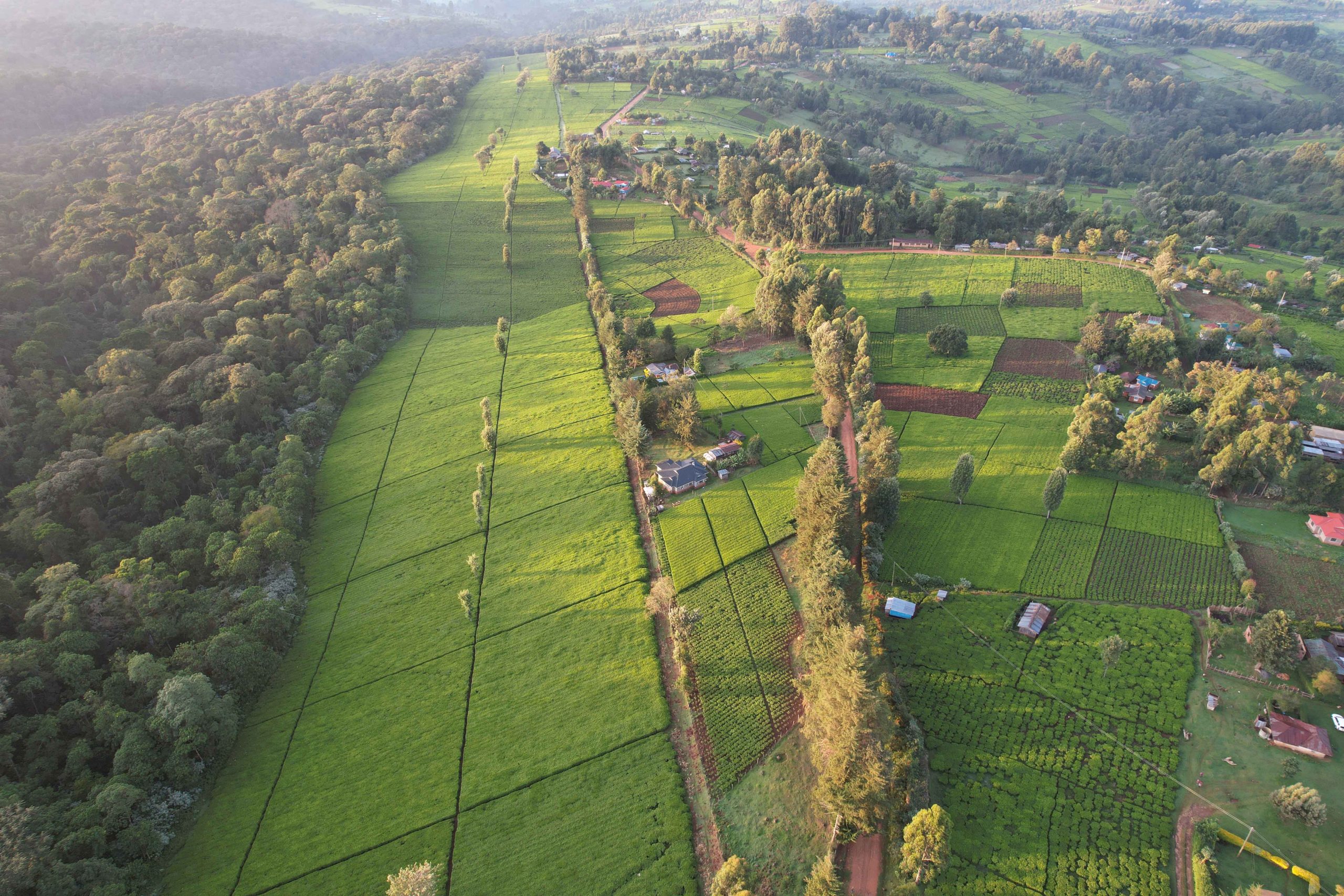
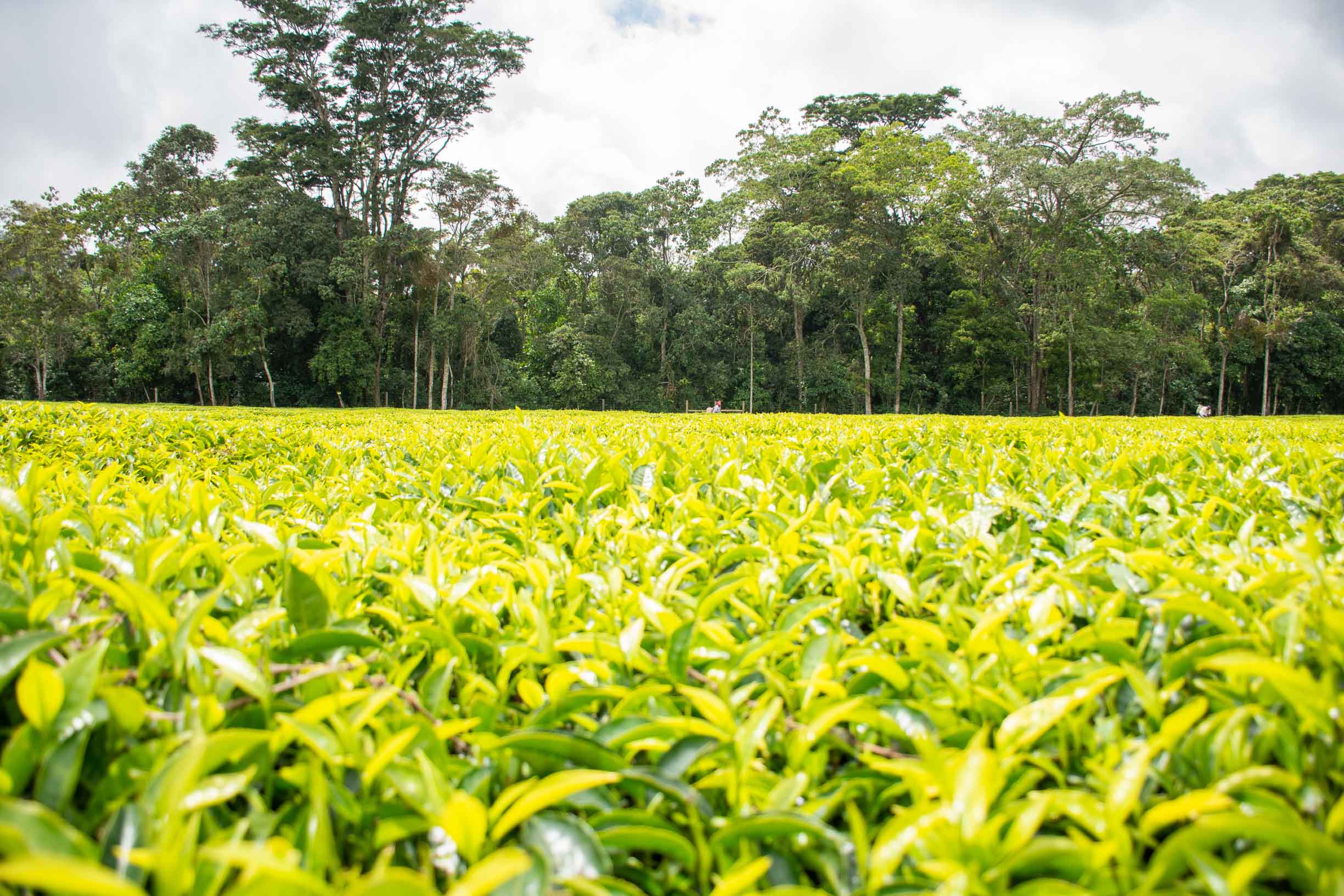
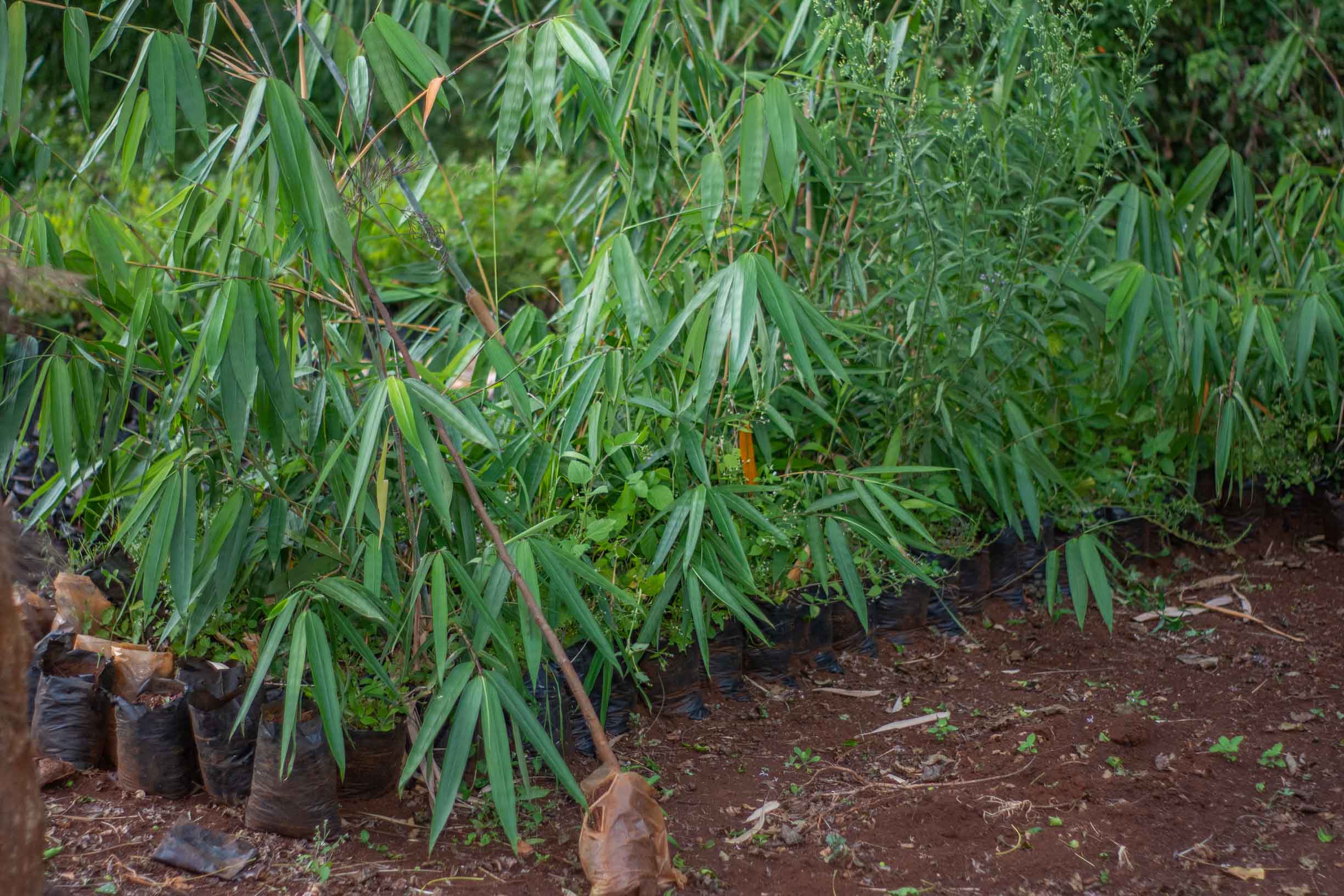
Ecosystem Management
To co-create a sync between tea growing which is a peripheral role of the organisation with environmental conservation, the organizations core calling, it is important to understand that tea is a shrub (small tree) and in NTZDC concept it’s being used for conservation as well as sustenance of the forest buffer belt.
Nyayo tea zones conserve the forest by establishing a 100m buffer belt that consists of three components namely tea, fuel wood and indigenous trees along river valleys and environmentally sensitive areas. The buffer belt is subdivided into zones ranging from 100 to 250ha and further into tea or forest blocks that range from 10 to 20ha for administrative and operational purposes.


